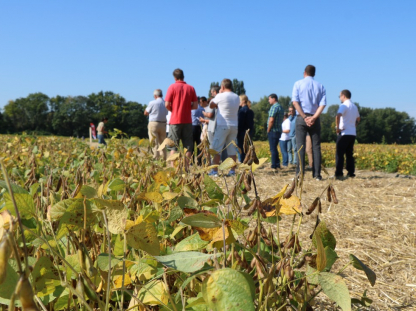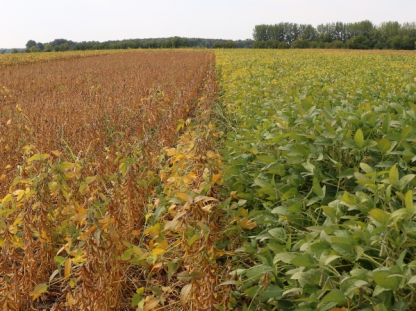and new soybean genotypes with extra-short growing seasons in organic farming, using innovative cultivation techniques. (second sowing, no-till or reduced till) Soybean cultivation in Hungary currently covers an area of fewer than 70,000 hectares, but the aim is to increase this to 200,000 hectares in the near future. Three-quarters of the soy grown in Hungary is exported, while more than 500,000 tons of soy and soybean meal are imported into the country every year. This disadvantageous situation can only be alleviated by increasing production volume and developing local supply chains. Rapid expansion in this area is hampered, however, by the agro-ecological sensitivity of the crop, increased risks in weeding, and the fluctuating yield averages which result from these factors, as well as from problems with technology and a general lack of integration. There is, therefore, a need for innovative solutions which reduce this risk, and which can be successfully adapted to domestic conditions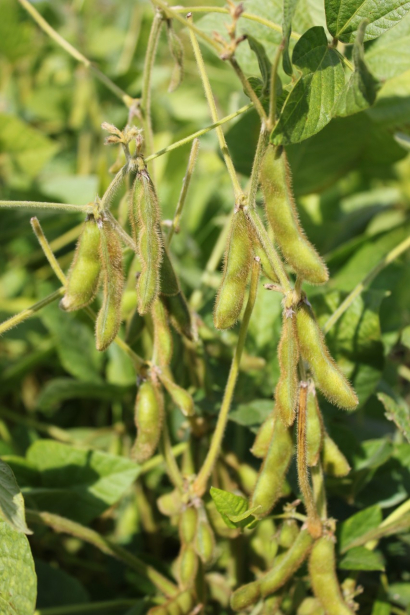
Investigation and evaluation of soybean (Glycine max) cultivars
Activities
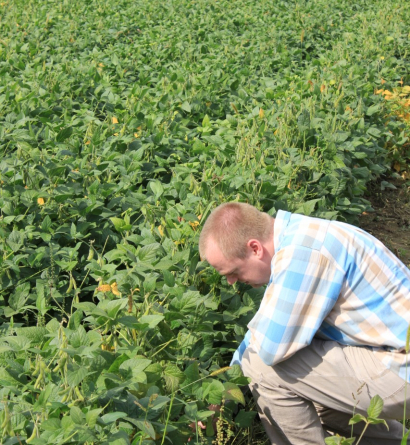
Expected results

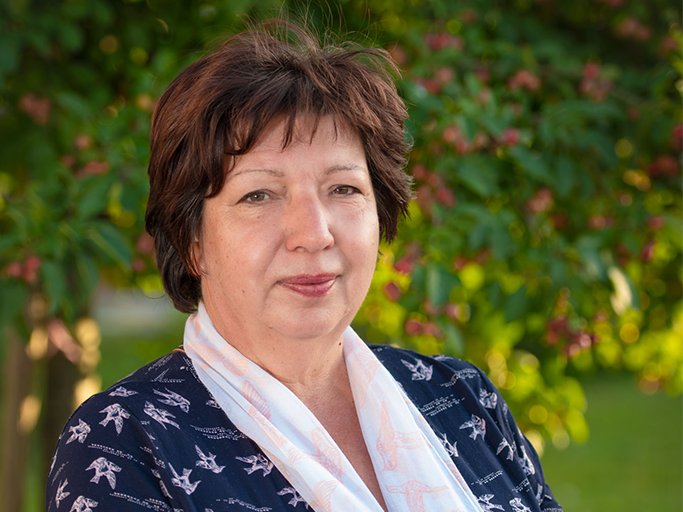


.jpg)
